Cork Hosts Greet Mercy Home Youth Ahead of June Visit
While St. Patrick’s Day fervor in Chicago was turned up to full throttle on the day of the downtown parade,...
March 26, 2025
September 18, 2023
As part of our Summer Enrichment Program, our young people received a personalized tour of The DuSable Black History Museum and Education Center in Washington Park. Named in honor of the Haitian-born founder of Chicago, Jean Baptiste Point DuSable, it is the oldest museum dedicated to African American history and culture in the United States and contains more than 15,000 items in its collections.
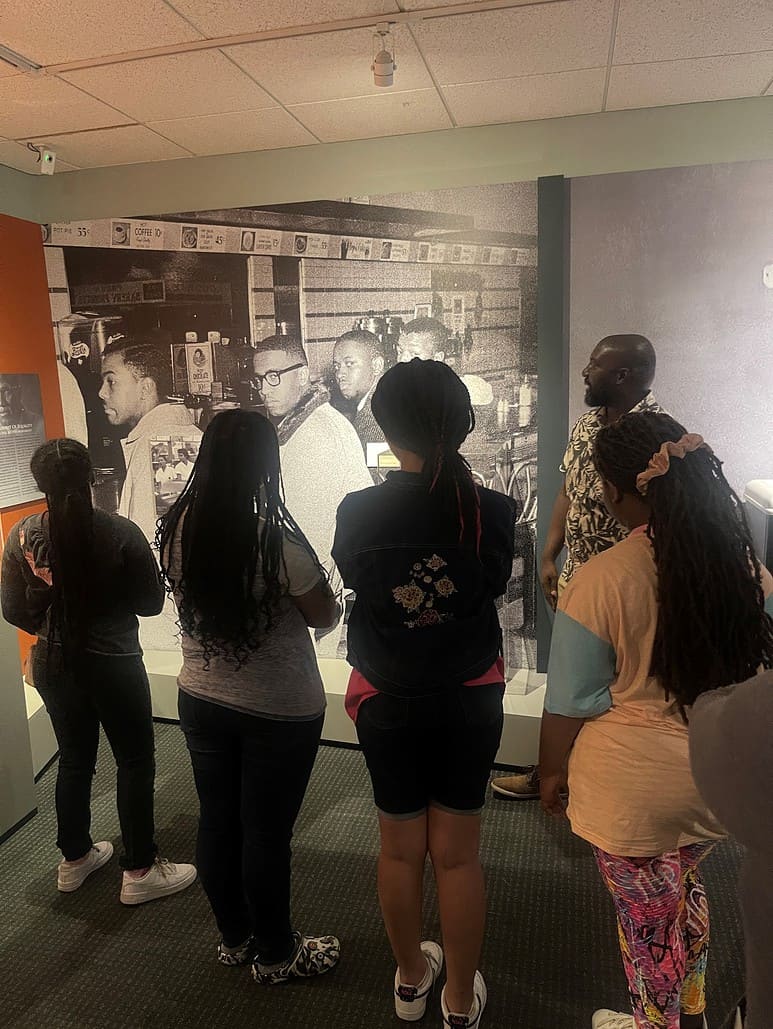
The visitors explored exhibits focusing on the 1919 Race Riots, Chicago’s first African American Mayor, Harold Washington, and Emmett Till, the 14-year-old Chicagoan whose brutal 1955 murder in Mississippi shined a spotlight on racial violence and helped galvanize the Civil Rights Movement.
“It was inspiring to see youth very engaged in the process and in the exhibits,” said Mercy Home’s Education and Career Resources Director Brittany Terrell. “They were reading every line [of text information in] the exhibit and asking questions about how this related to the historical context.”
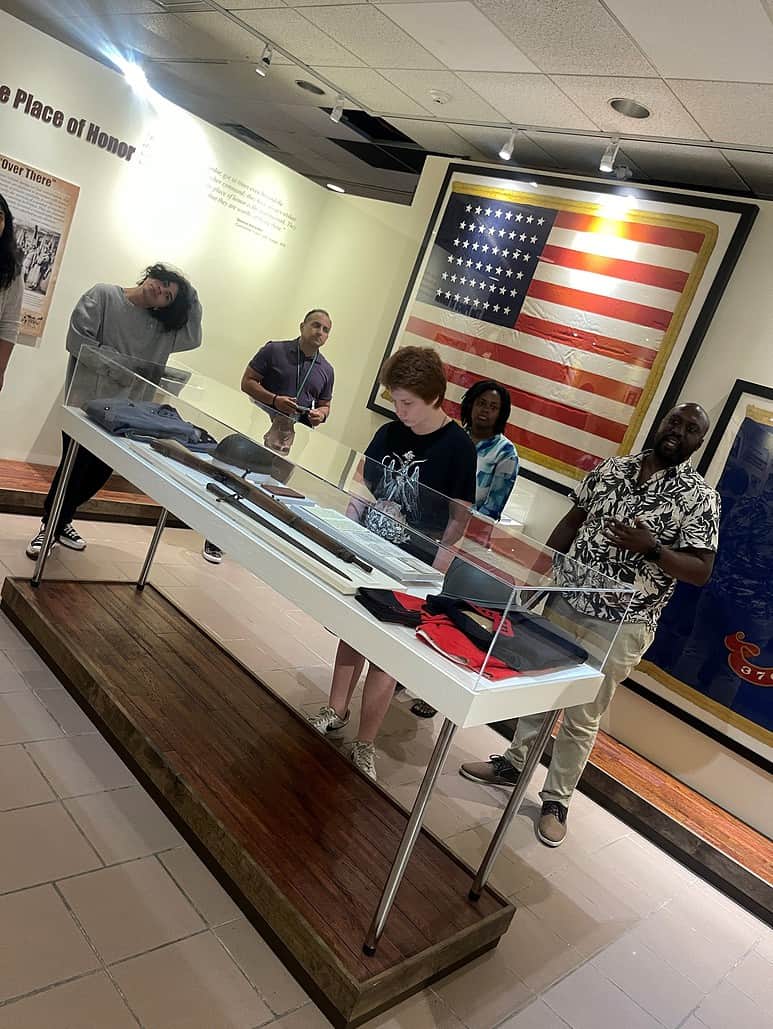
A DuSable tour guide elaborated on the information displayed in the exhibits and provided both historical and contemporary context for the events described. The visitors appreciated learning about the ways history impacts events today.
“It was a powerful museum for me,” Mercy Home youth Rhiyanna said.
Particularly engaging were exhibit materials depicting the transatlantic slave trade. Images and artifacts showed how hundreds of kidnapped Africans at a time were restrained and packed into the dark hold of ships during the grueling journey to the Americas. For more than 300 years, such vessels would carry anywhere from 10 to 13 million enslaved people to the Americas, upwards of two million of whom would die at sea during what was known as the Middle Passage.
Terrell said that the materials brought home the scale of inhumanity involved in the slave trade. “They were very engaged because they had no clue that that’s how it looked,” Terrell said. “They were able to touch, see and feel things. It became a little more real for them.”
In addition to the insights the museum provides about the role of African Americans in U.S. and world history, DuSable maintains a special focus on African American history in Chicago. During the Great Migration of the 20th century, the city was transformed by the contributions of more than 500,000 African American migrants who fled the Jim Crow South. Chicago-focused exhibits enabled our young people to see their own neighborhoods and communities reflected in the formation of this city into a great American metropolis.
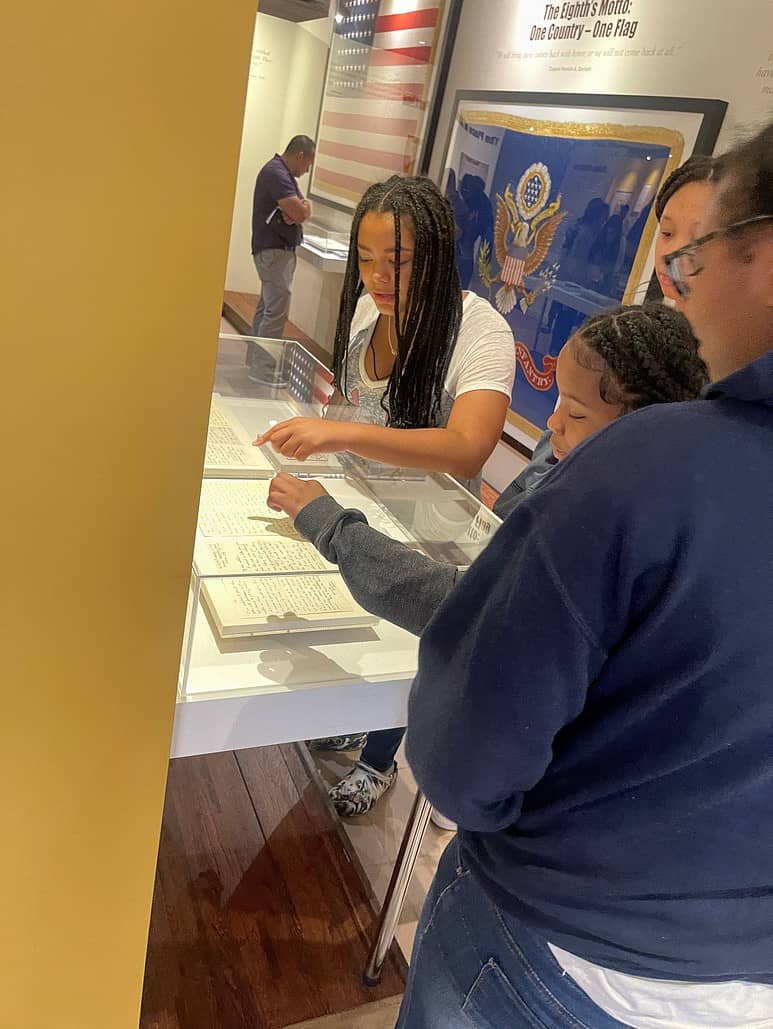
“They were seeing themselves reflected in some of the historical context and were able to connect with that,” Terrell said. “It’s important for our youth to be able to see history that reflects their culture because that’s when they become engaged.”
Best of all, the experience inspired and encouraged continuous learning. After seeing exhibit on Emmett Till, for example, the visitors said that they would like to visit Till’s childhood home in the Woodlawn neighborhood on the city’s South Side.
“The exhibit went into deeper detail than school does,” Rhiyanna said. “I (also) learned about the KKK. It’s really mind blowing.”
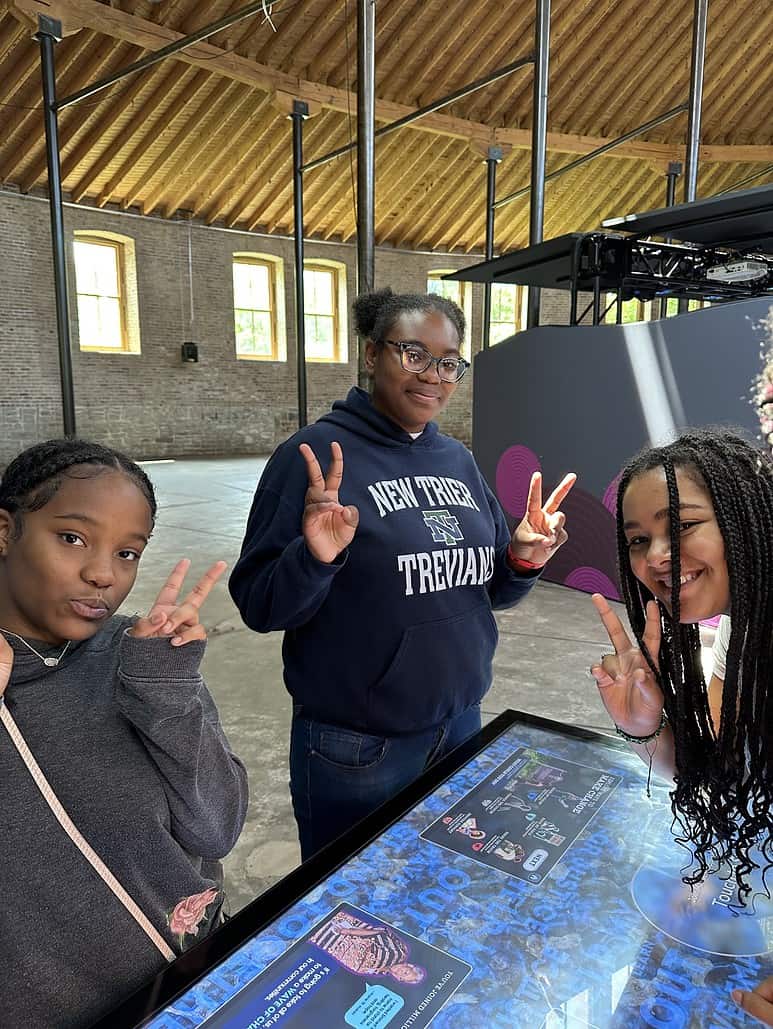
The visitors were greeted by Patrick H. Arbor, the former Chairman of the Chicago Board of Trade and a DuSable Museum trustee. Arbor lived at Mercy Home in the 1960s. He accompanied the youth on the tour and told them about his history with Mercy Home and his connection to late Chicago Mayor Harold Washington.
The day ended with a lunch meeting with the CEO of DuSable, Perri Irmer, where they discussed the most memorable and difficult parts of the exhibits.
The DuSable Black History Museum and Education Center is a Chicago community institution and the first non-profit Museum dedicated to the collection, documentation, preservation, study and the dissemination of the history and culture of Africans and African Americans.
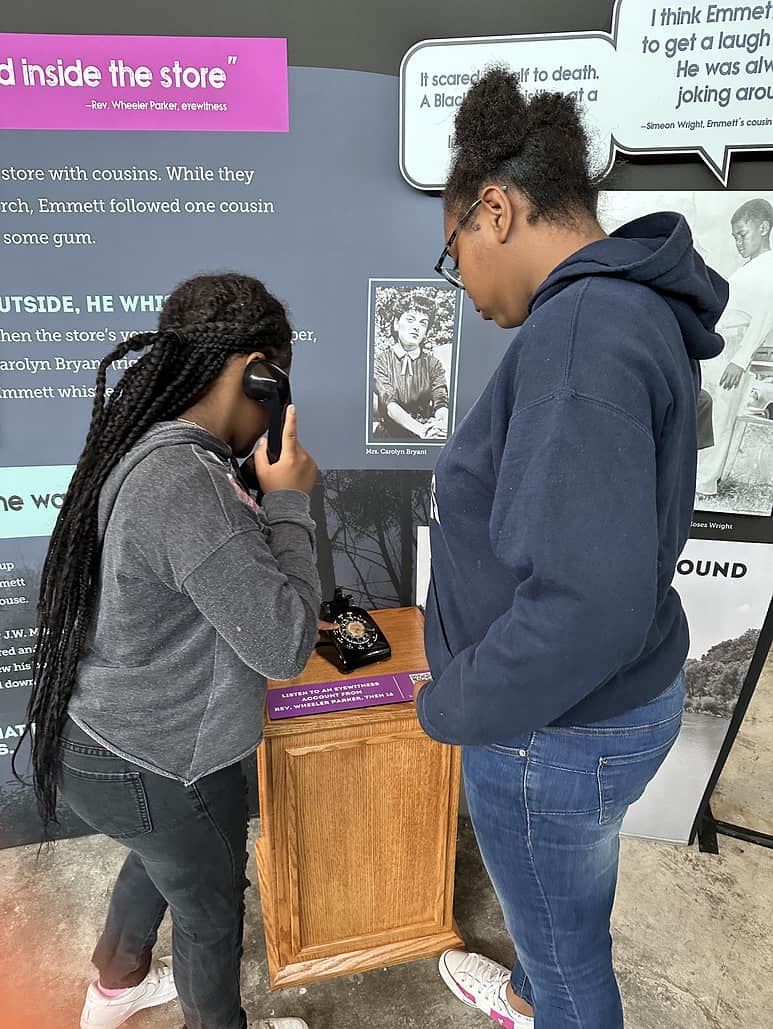
As an educational institution, DuSable attracts school groups from Chicago and surrounding areas. More than 100,000 visitors attend or utilize the facility yearly.
Through exhibits, educational programs, the archives, and special activities, the Museum continuously explores the African American experience and accomplishments of the past and present to further advance the education of the future.
While St. Patrick’s Day fervor in Chicago was turned up to full throttle on the day of the downtown parade,...
March 26, 2025
The well-being of our young people lies at the core of our mission. But we also prioritize the health and...
March 26, 2025
Mercy Home celebrated Chicago’s St. Patrick’s Day weekend while raising funds and awareness that support our mission. Throughout the week...
March 26, 2025
Comments